Since its introduction in 2006, Lexus owners have enjoyed premium levels of comfort and refinement twinned with low running costs and excellent fuel economy thanks to self-charging Lexus Hybrid Drive technology. But how does this highly beneficial hybrid technology work in practice?
To help you to have a better understanding of the technology in a Lexus hybrid vehicle, this post clearly explains clearly what Lexus Hybrid Drive is, how it works, and how it brings benefits to the environment and your wallet.
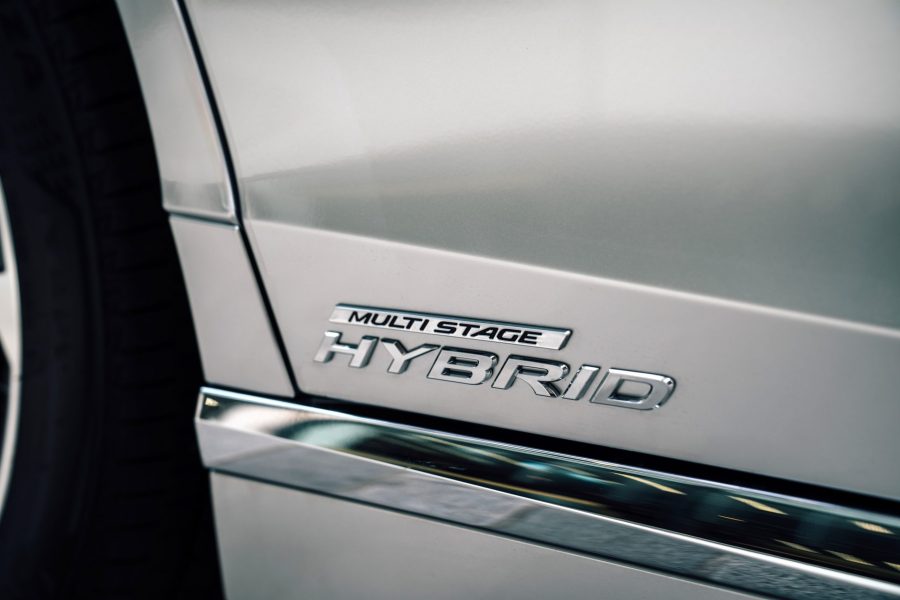
What is a hybrid vehicle?
Vehicles with two or more power sources are usually described as being ‘hybrid’. In most hybrid cars on the road today, the dual power sources are a traditional internal combustion engine and an electric motor. However, the way that the two sources combine to power the car usually follows one of three distinct variations of hybrid arrangements.
The vast majority of Lexus Hybrid Drive models are equipped with what is known as a full hybrid system, meaning that its two power sources – a battery-powered electric motor and a petrol-driven combustion engine – are entirely separate from one another. Either of them can power the car on their own, or the power from both units can be combined. The system is described as self-charging because the hybrid battery is charged during the process of driving; it does not need to be plugged in.
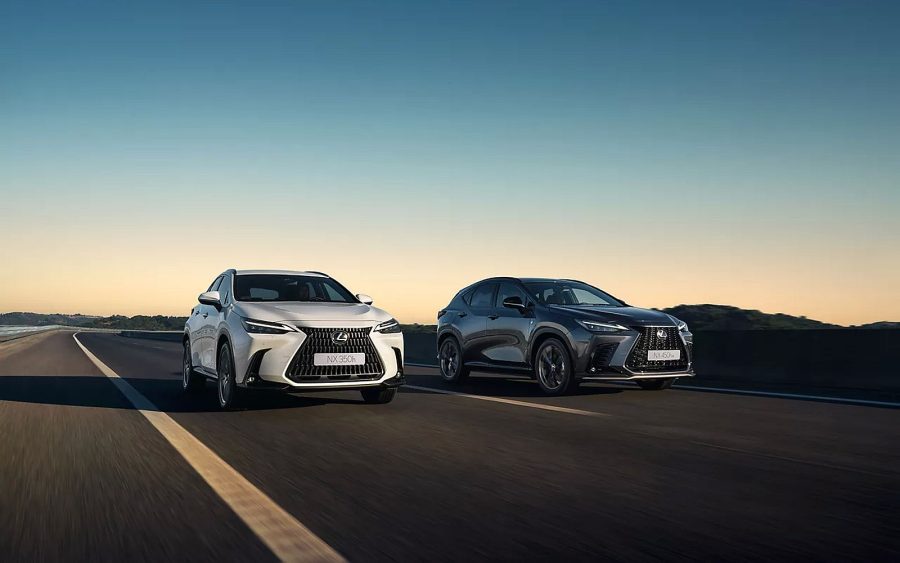
The second hybrid variation is described as being parallel. This set-up, as experienced in the Lexus RX 500h, receives primary power from a normal combustion engine, but it is directly aided by an electric motor fitted between the engine block and gearbox. By the nature of its configuration, the electric motor has to squeeze into a smaller space in the engine bay between engine and gearbox. In some cases this can reduce the amount of electric assistance the system can provide and the range of the vehicle when operating in all-electric, or EV, mode.
Lastly, the third kind of hybrid is the series type. While this type of hybrid still has two power sources, the vehicle is driven by the electric motor alone. The combustion engine isn’t directly connected to the transmission, so it only serves as a generator to provide electrical power for the electric motor. A particular challenge for series hybrids is maintaining efficiency once the battery power is depleted. For this reason, cars with series type hybrid set-ups are rare; Lexus does not produce any models with this set-up.
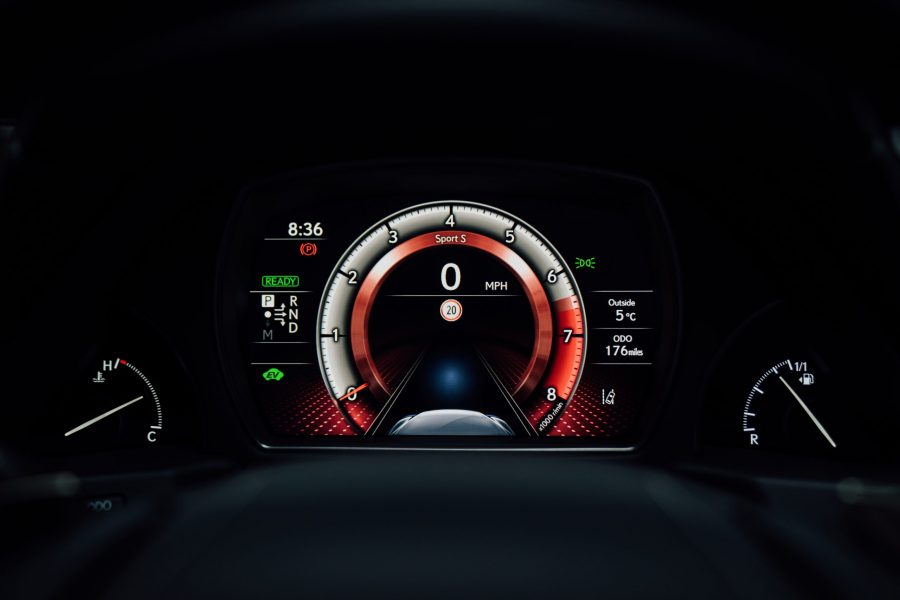
How does Lexus Hybrid Drive work?
All Lexus Hybrid Drive vehicles use six main components: petrol engine, electric motor, electric generator, battery, power control unit, and a power split device. The power split device uses a special planetary gearbox to distribute power between the engine, motor and generator.
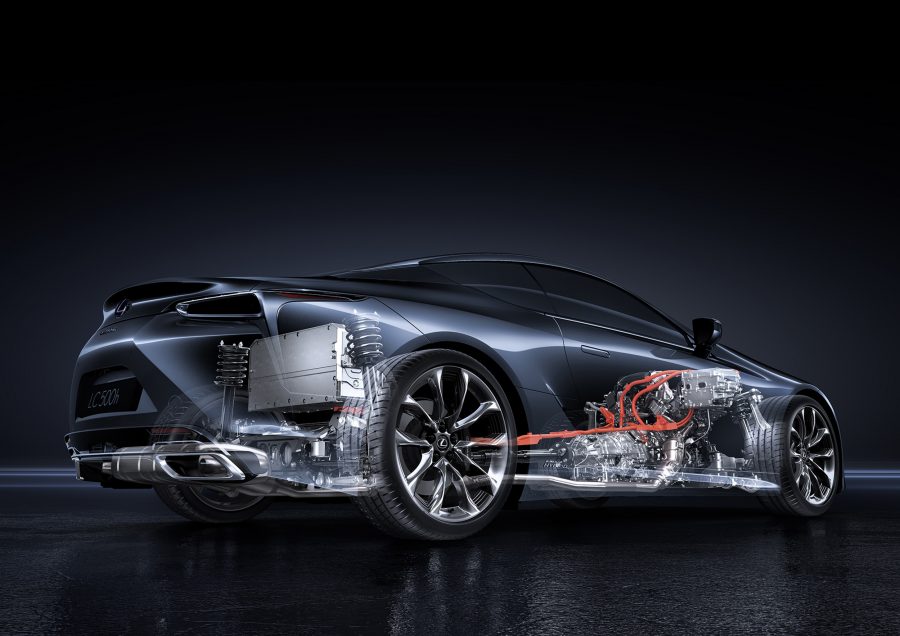
Through this clever combination of technology, Lexus Hybrid Drive can be described as a smart, fuel-saving technology that switches seamlessly and automatically between the electric motor and petrol engine. By monitoring driving conditions, it intelligently manages the flow of power from both sources and can also detect when to combine the two for maximum efficiency and on-road performance.
The Lexus Hybrid Drive system’s ‘intelligence’ allows the two power sources to operate with a wonderful synergy. When the petrol engine is running, it drives the generator to charge the battery. And when conditions allow it, such as in low-speed urban environments, the generator shuts down the petrol engine and lets the electric motor take over. This means that the car can operate with zero emissions.

The sophisticated engine management system also recognises when the car comes to a halt and switches the engine off to conserve power and cut emissions, automatically firing it up again when necessary.
How are the hybrid batteries charged?
The hybrid battery can be charged in two ways. As well as using energy from the engine for charging, Lexus Hybrid Drive also charges the battery through regenerative braking, a system which recovers energy that would otherwise be wasted during braking. Every time the brake pedal is pressed or the driver releases the accelerator pedal to lose momentum, the electric motor goes into reverse, in effect becoming an electric brake and thereby generating electricity.
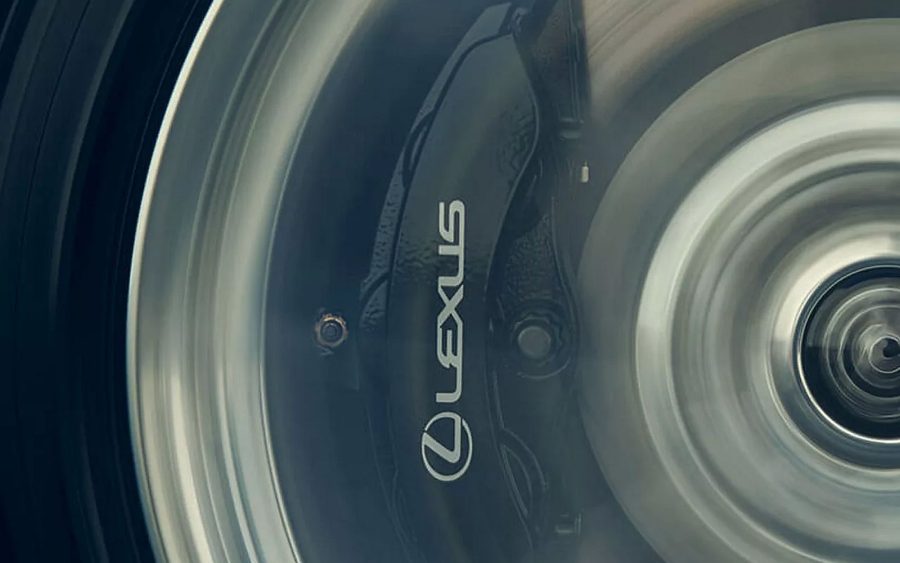
In other words, the braking energy that is usually lost as heat and noise, or simply wasted altogether, is captured and used to power the electric motor later on. In continuous stop/start traffic, a significant amount of energy is recaptured and stored this way, improving the overall efficiency of the Lexus hybrid and maximising the amount of time it can stay in zero emission, all-electric mode within towns and cities.
As the description suggests, plug-in hybrid models such as the Lexus NX 450h+ (below) and RX 450h+ need to have their hybrid batteries charged from an electric outlet in order to maximise their zero-emission range. However, when the battery charge is depleted, the vehicle switches seamlessly to its self-charging hybrid system in order to maintain high fuel and emissions efficiency. This is in contrast to most other systems, where the powertrain defaults to its internal combustion engine alone.
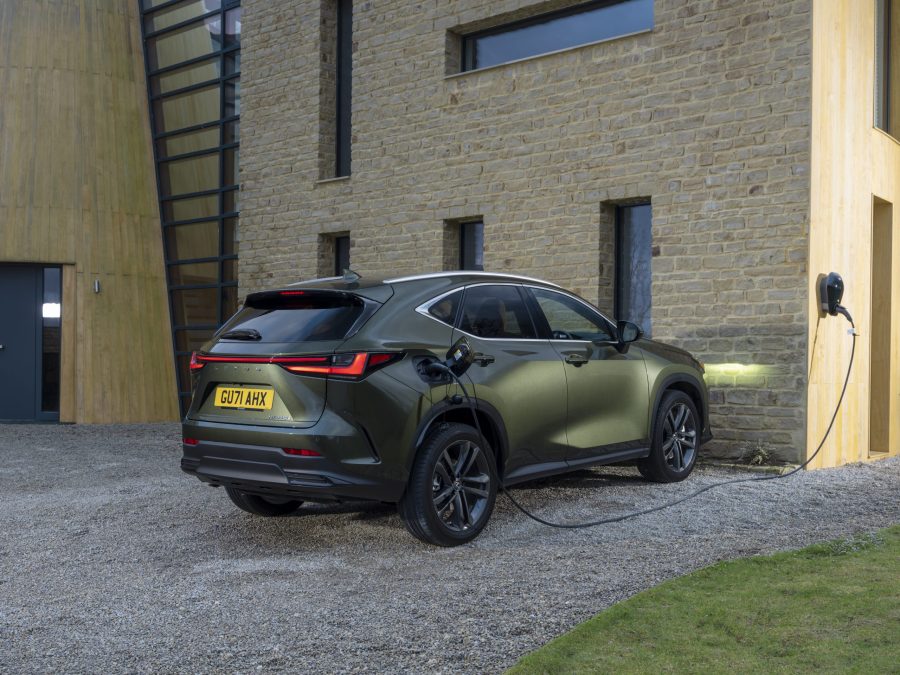
Lexus hybrid battery life: How long do they last?
The battery is designed to last the life of the vehicle. In any case, your battery is warranted for five years. The batteries are much larger than regular car batteries as they need to generate and deliver sufficient voltage to power the car at low speeds without any support from the petrol engine.
Further reassurance of the longevity of the hybrid battery is provided by the free annual Hybrid Health Check which is carried out as part of any Lexus service. Passing this diagnostic test provides an extra one year or 10,000-mile warranty on the car’s hybrid battery.
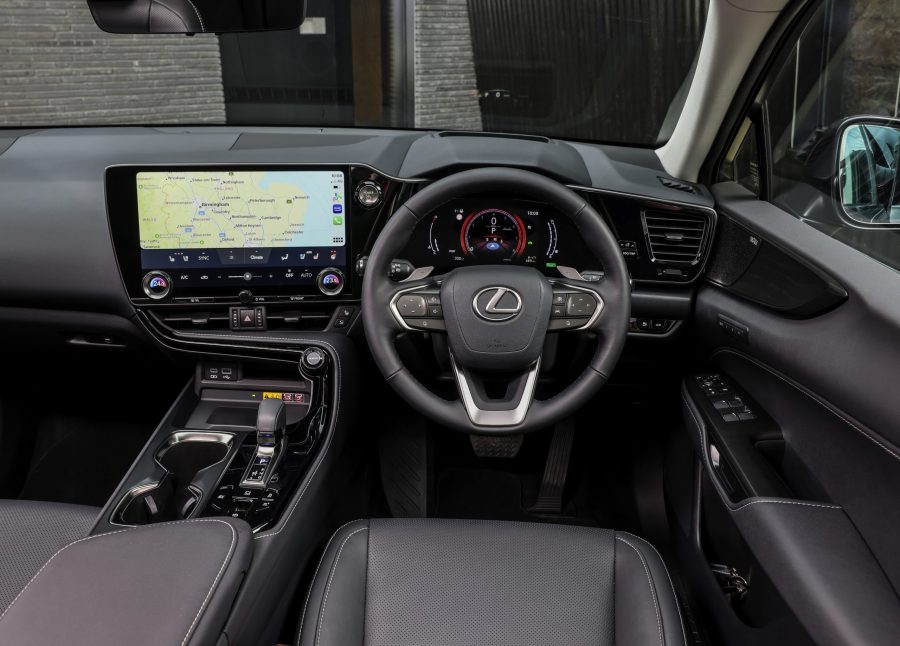
Battery production does have a small, additional impact on the environment, but this is more than compensated for by the environmental benefits of driving a hybrid car. Procedures are also in place so that each battery can be recycled, arranged through Lexus dealerships.
Is the engine in a Lexus hybrid different to that of a conventional car?
In a manner of speaking, yes. Unlike conventional four-stroke engines, the internal combustion engine used in vehicles with Lexus Hybrid Drive uses a slightly different cycle that produces less heat. This Atkinson cycle also reintroduces cooled exhaust gases into the combustion chambers to make an additional contribution to reduced engine temperatures.
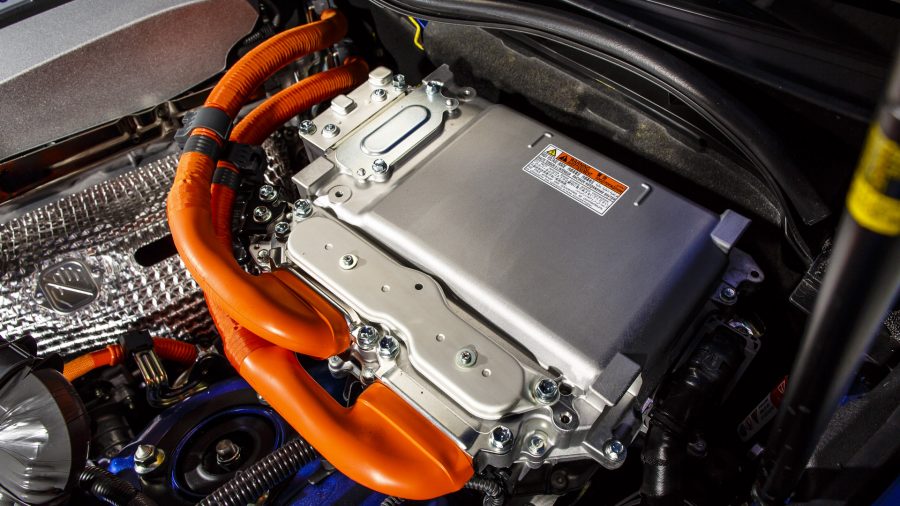
A conventional four-stroke engine sometimes has to inject more fuel than necessary in order to cool the combustion chamber and stop the catalytic converters from overheating. This is a useful way of preserving components but it also uses more fuel. The Lexus Hybrid Drive solution, however, is more fuel-efficient and has proved to be phenomenally reliable.
Do I have to drive differently to make the most of hybrid technology?
No. Lexus Hybrid Drive is fully automatic and designed to optimise the use of precious fossil fuel for each driver. All you have to do is enjoy the road ahead!

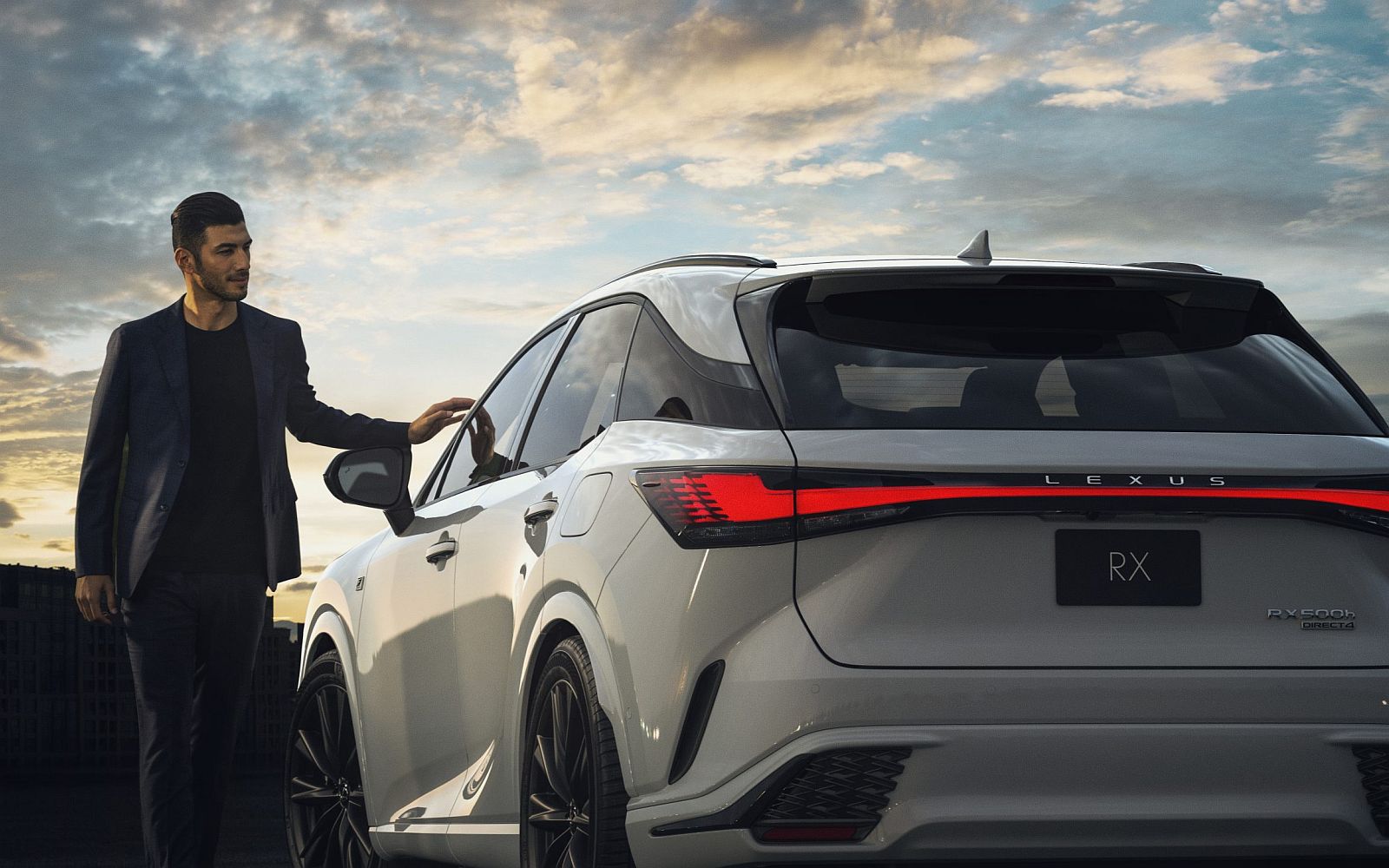

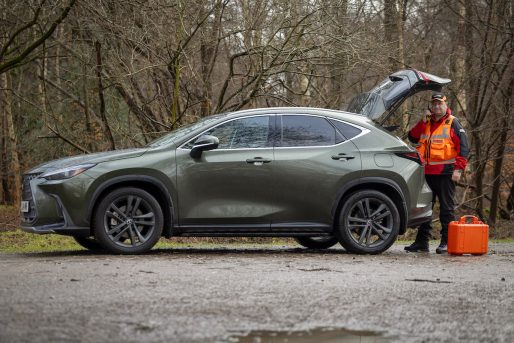
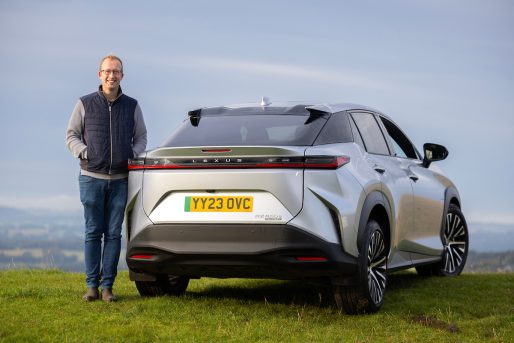

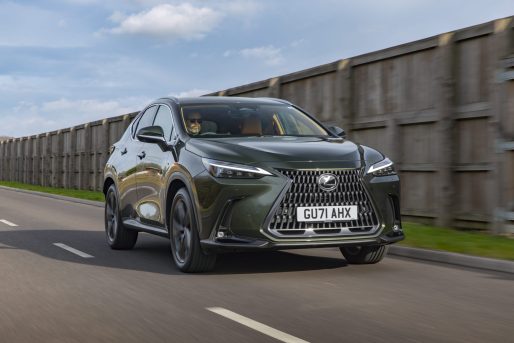
Hi
Could you explain please at what speed does lexus CT 200h (year 2015) switch from battery power to petrol power?
REGARDS
Hi,
This depends on a number of factors, including driving style, road conditions, battery charge etc. If you are looking at buying one, we recommend a test drive so you can see how the system works.
Thanks
It switches from electric to petrol based on the RPM of Engine .
Battery is selected cleverly below -1200rpm.. above aforementioned rpm it uses engine and at higher rpms it combinely works to produce maximum powers.
My lexus seems to be on petrol all the time even when the battery is full
Hello,
Thank you for contacting Lexus.
If you believe there is a problem with your vehicle, we would recommend contacting your nearest Lexus Centre.
Thanks.
I have the same happening. It rarely runs in pure EV mode which is disappointing
I’m considering buying a Lexus NX350h. I’m a bit confused as to how the hybrid system would work on a long journey, 400+ miles, on motorways. Trying to work out how much of that journey would be dependent on petrol. Or can’t you work it out?
Hello Gordon,
Unfortunately we do not have this information available.
We would recommend requesting a test drive to get a feel of the hybrid system.
You can do this here – https://www.lexus.co.uk/forms/test-drive.
Thanks.
Hello, I purchased the 2025 Nx 350h. I mainly drive on the highway and one way is 75 miles. The Nx, is supposed to get 38 miles per gallon on the highway, so far having the vehicle a month I’m at 33. Not bad and it drives good too.
I have a Lexus ux 250h. While on holiday in Cornwall I couldn’t get into my vehicle the fob didn’t operate the door, I replaced the battery in the fob , still no joy, However after waiting 270mins for the roadside assistance it turns out to be the12volt battery is totally flat this by the way after driving 289 miles this as cost me £116.98 surely the battery should last longer the car is only 2years old ? Could you please tell me if the battery is still under warranty , kind regards
Hello Anthony,
Thanks for your comment.
We are sorry to hear this.
Please contact your Lexus Centre regarding this query.
Thanks.
as a toyota/lexus customer for 15 yrs, in your description you state, the electric motor goes into reverse, not so, the system reverses the polarity, thereby using overrun to generate electricity, and put charge into the battery, also the engine does not power the car mechanically, but by proving electricity to power the traction motor, however in my world, toyota/lexus hybrids are the best, and I will not be driving anything else, worked my way up to a 72 plate RX, unfortunately the latest version is out of my range, very sad, Lexus woodford have done you and me proud, thanks
I have recently bought a Lexus NX450+ plug-in hybrid. We are finding that we are able to run 99% of our journeys purely on electric, which is great. However, it does raise a question as to how long the fuel in the tank remains good for. Should I be concerned, or target a minimum usage of fuel to ensure it remains good?
Hello Charles, thanks for your comment.
We are pleased to hear you are enjoying your Lexus NX!
In regards to your fuel, your Lexus centre is best placed to advise.
You can locate your local centre here: https://www.lexus.co.uk/forms/find-a-centre
Thanks.
what is the price range for hybrids batteries for RX350 between 2022-2024?
Good afternoon,
Thanks for your question. Please get in touch with your local Lexus Centre for a quote on this.
To find details of your nearest Lexus Centre, please click here: https://brnw.ch/21wLtg9
Thank you.
My Lexus RX 500h suddenly went into limp mode and indicated a problem with the hybrid system. After a restart it was normal again and has remained OK for over a month. My dealer could not explain what had happened as it’s a relatively new car. Any ideas please.
Hi John,
Sorry to hear of this.
Please provide your vehicle registration and we can look into this for you.
Thank you